The 32 greatest '70s movie characters
Journalists, crooked cops, kung fu masters, the 1970s have them all
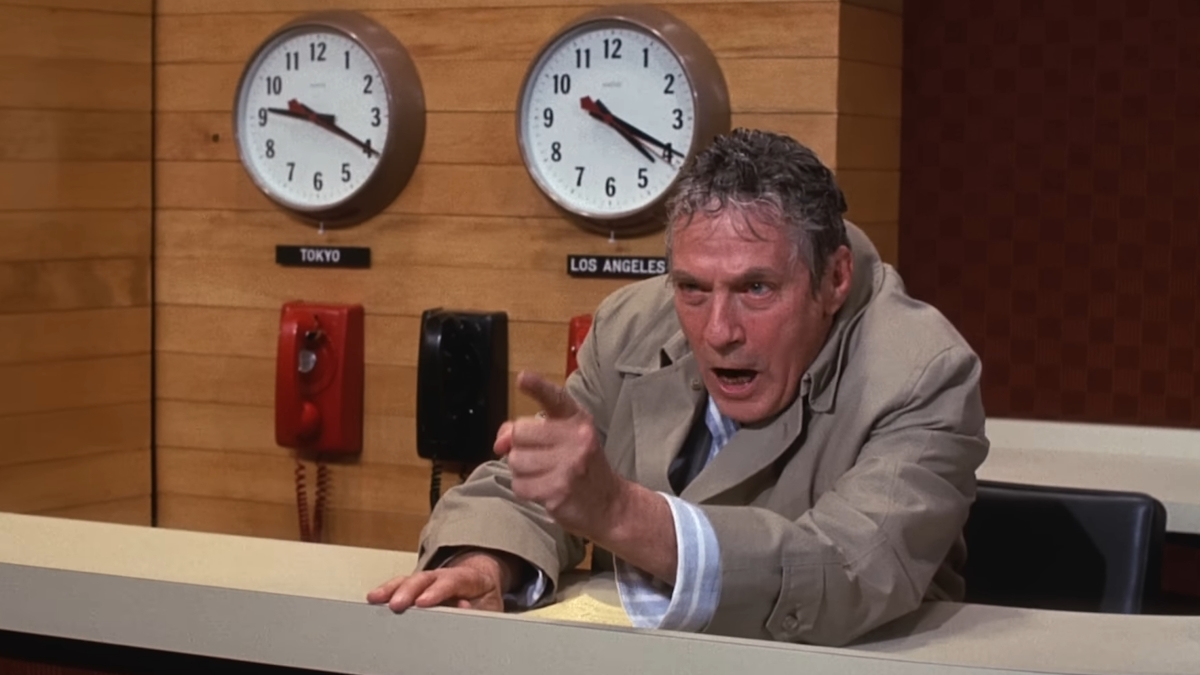
Indicative of their time and place, movies of the 1970s had some of the most memorable characters of all time. While many - and we mean many - of them were violent antiheroes who made a mockery of authority, they weren’t all like that. Sometimes they were just people; they were athletes, cops, scorned lovers, kung fu masters, possessed teenagers, and mad scientists.
New Hollywood was in full swing in the ‘70s, with some of the all-time greatest movies ever made that ran the gamut from the violent to the dramatic, from the comedic to the action-packed. And in those movies are some deeply unforgettable characters. Here are 32 of the greatest ‘70s movie characters.
32. Nurse Ratched (One Flew Over the Cuckoo’s Nest)
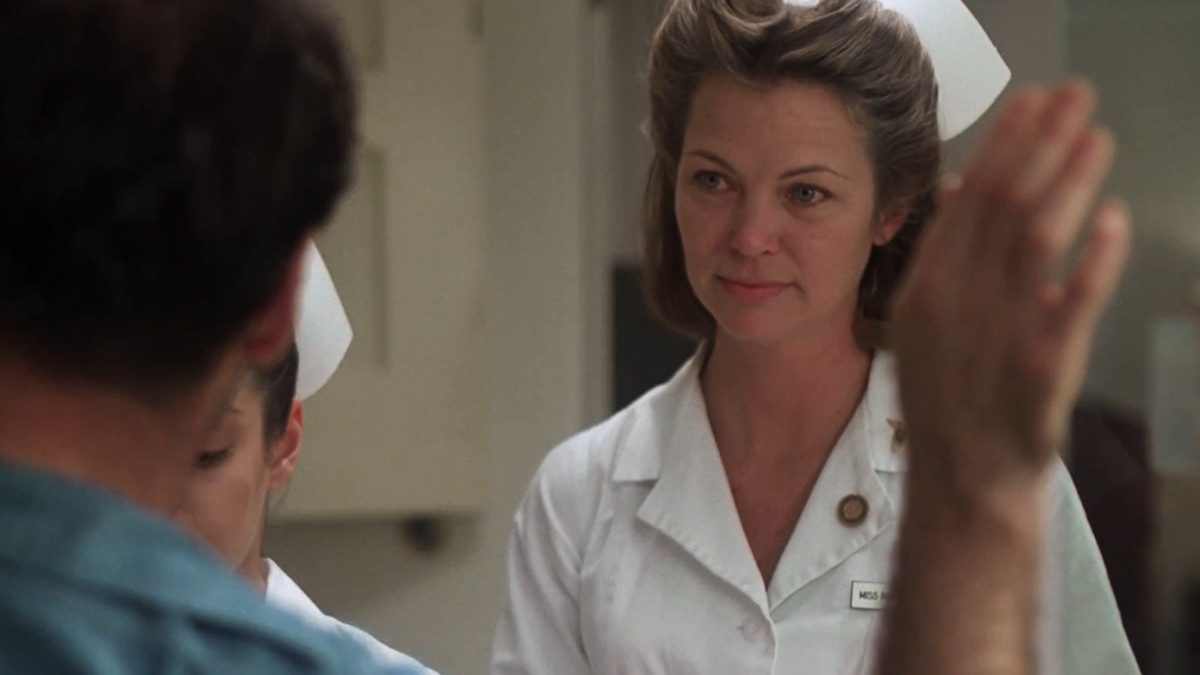
Sometimes, a name is all you need to know about a character. Originating from Ken Kesey’s 1962 novel One Flew Over the Cuckoo’s Nest, Louise Fletcher memorably brought this heartless tyrant of a psychiatric hospital nurse to the screen in the celebrated 1975 film version (with Jack Nicholson opposing her as the protagonist, Randle McMurphy, a new rebellious patient). A living, breathing metaphor for the corrupting influence of institutional power, Nurse Ratched is an all-time movie villain. It’s not simply because she’s innately evil, but because she comfortably operates in a system that is totally fine with someone like her.
31. Paul Kersey (Death Wish)
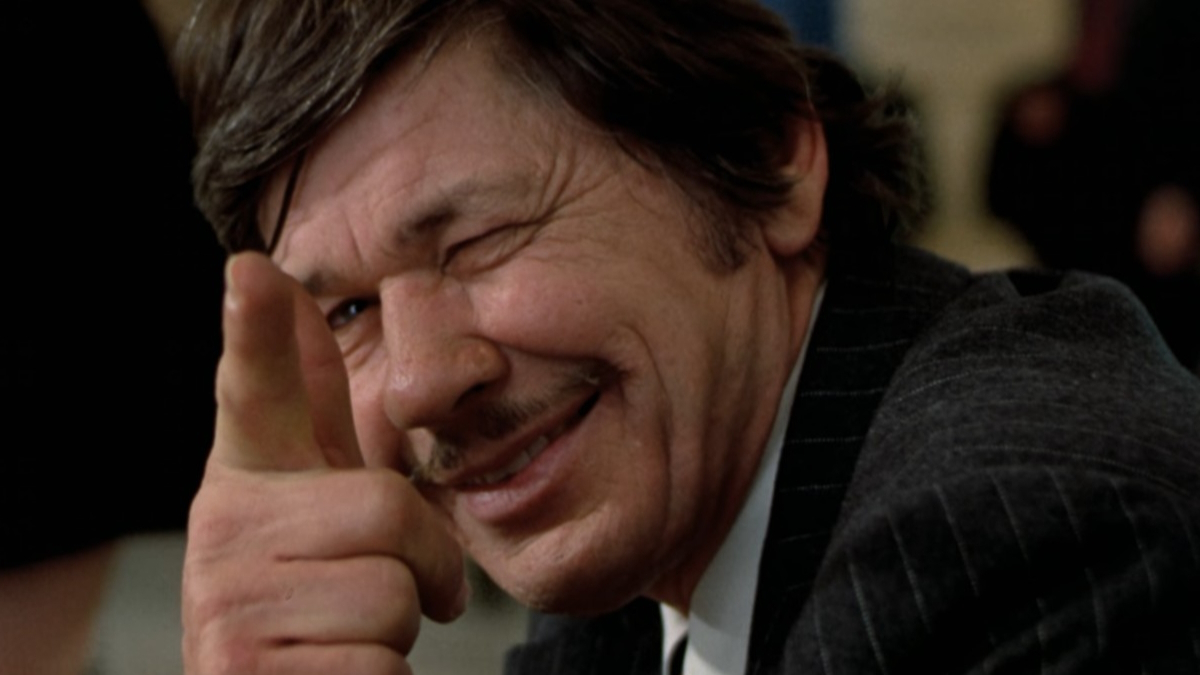
New York City in the 1970s was something else. Amid the miasma of the city’s crime wave came Death Wish, a brutal 1974 revenge thriller starring Western film star Charles Bronson in a role that redefined his career. Set in a then-modern day Manhattan, Bronson plays wealthy architect Paul Kersey, whose wife is murdered and daughter assaulted by a trio of hoodlums. Paul embarks on a dark road to revenge, looking for three needles in an overcrowded haystack. A predecessor to anti-heroes like Marvel’s Punisher, John Wick, and Walter White, Paul Kersey shows how one bad day can transform even the most inoffensive people.
30. Reggie Dunlop and the Hanson Brothers (Slap Shot)
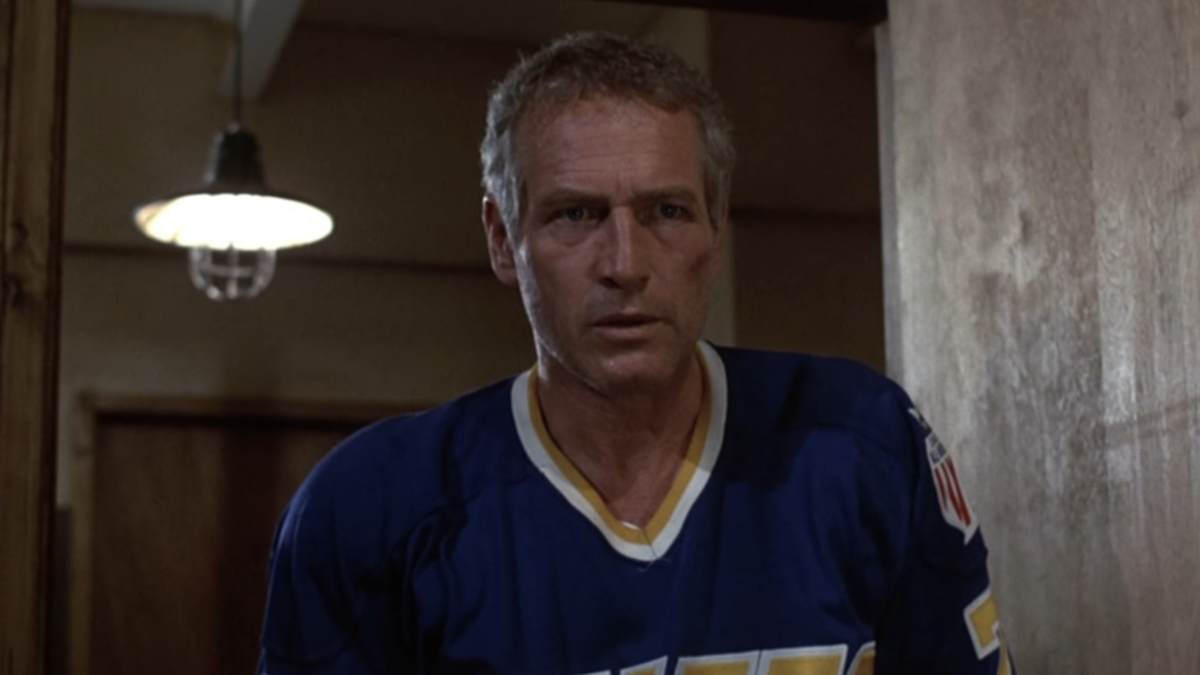
After Paul Newman put to rest his onscreen persona as an ultra-cool heartthrob, he put on a pair of skates and took to the ice as a veteran hockey star in the vulgar sports comedy Slap Shot. While Newman’s aging Dunlop tries to keep his team together with futility, he is surprised by some new draftees: The Hanson Brothers, bespectacled triplets who possess killer fighting spirit in the rink. Together, their hilarious dynamic – Dunlop the world-weary locker room leader, and the Hansons overgrown children who lack self-awareness – makes Slap Shot one of the finest sports comedies of all time.
29. Det. Jimmy Doyle (The French Connection)
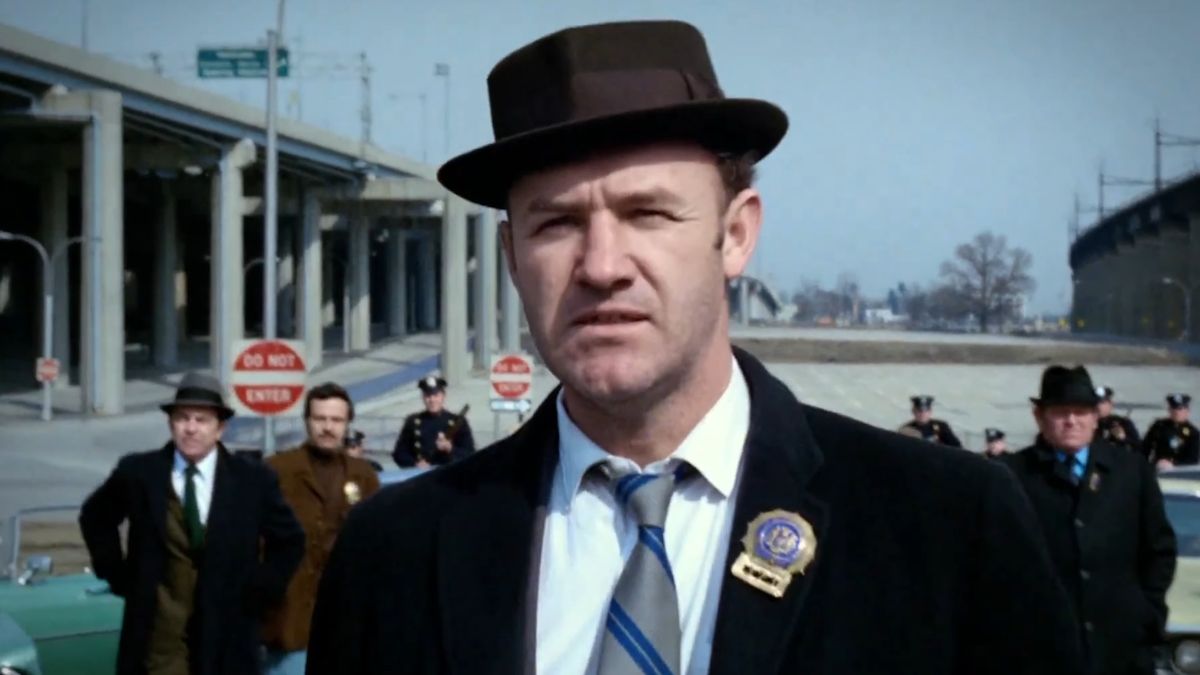
The 1970s were when the lines between heroes and villains blurred, and there’s no one better to illustrate those confusing times than Gene Hackman’s NYPD detective Jimmy Doyle in The French Connection. Loosely based on real-life police detective (and later an actor himself) Eddie Egan, Hackman’s Jimmy Doyle is a case of good cop, bad man. A racist and a womanizer with a serious alcohol problem, Doyle is nevertheless a hard boiled policeman who relentlessly pursues justice in his own way. There’s simply no one better to embody 1970s individualism as a survival mechanism than Jimmy Doyle.
28. Wanda (Wanda)
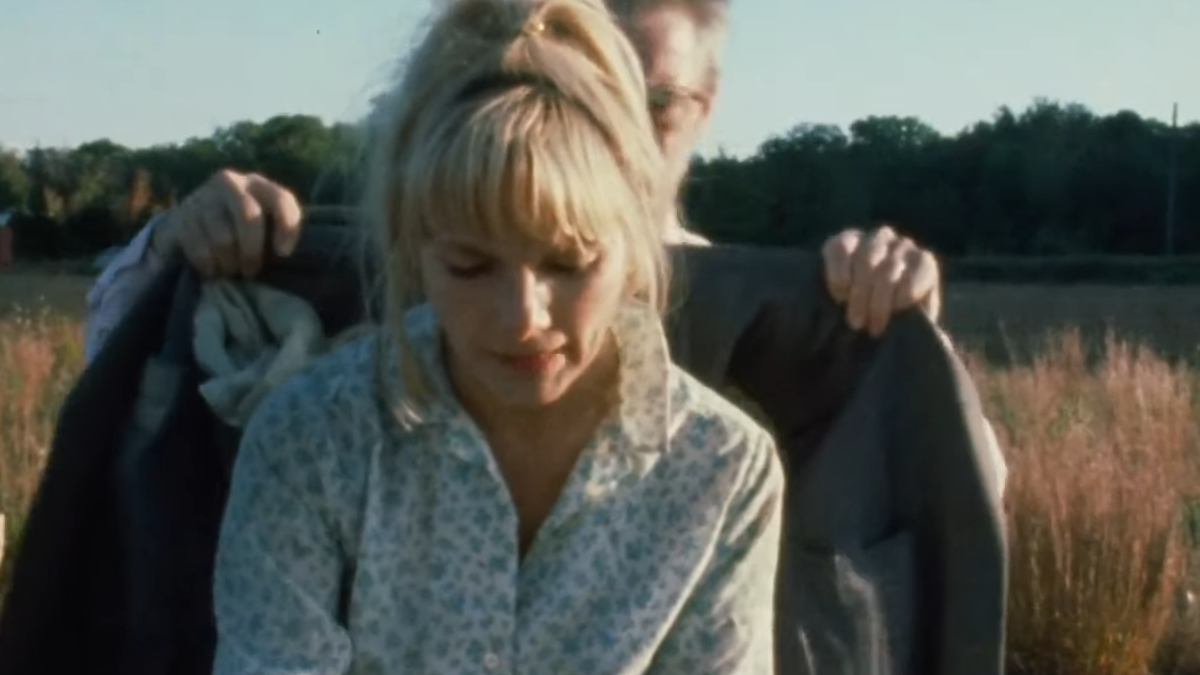
A timeless portrait of lost women everywhere, Barbara Loden’s Wanda is to see someone survive, not even live, in society’s margins. In this minimalist verite movie imbued with deep personalization by Loden (who wrote and directed the movie in addition to starring in it), Wanda is a wandering soul, an unhappy housewife and mother who turns to the company of a petty bank robber. Wanda is a landmark piece of American independent film, and its unforgiving yet compassionate portrait of desperation - as told by Loden’s performance that features her own glassy gaze that pierces the heart of viewers - ensures that Wanda feels alive so many decades later.
Bringing all the latest movie news, features, and reviews to your inbox
27. Deep Throat (All the President’s Men)
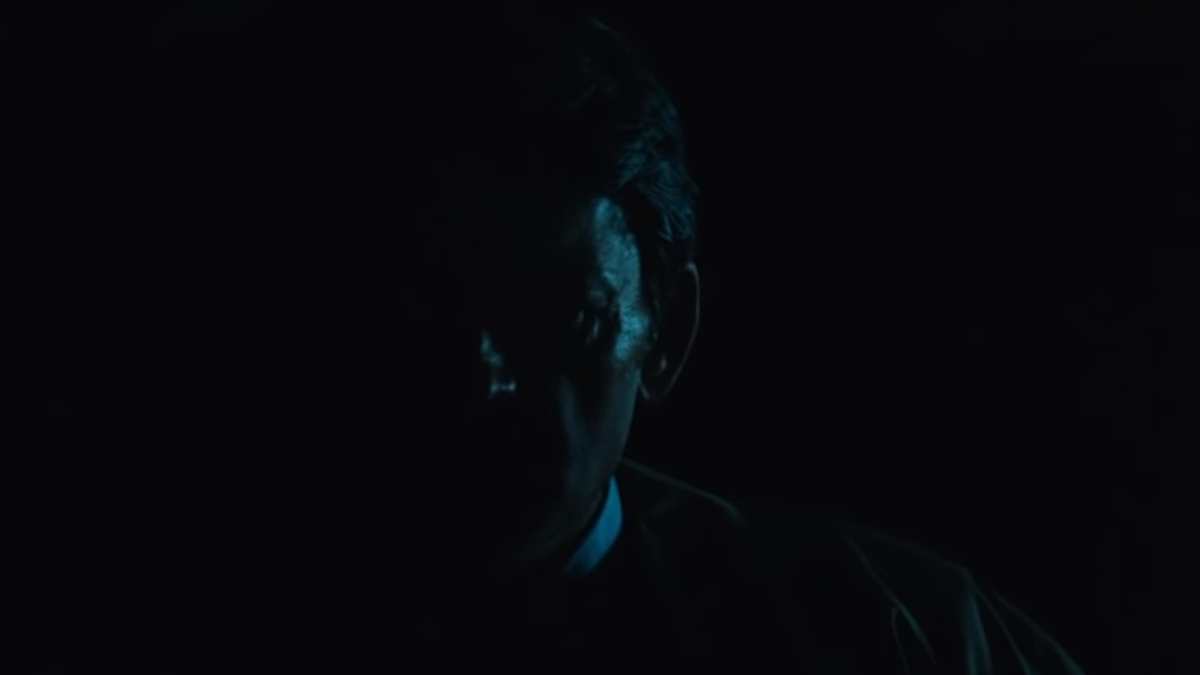
Even when he’s cloaked in shadows, Hal Holbrook shines through in Alan J. Pakula’s towering conspiracy thriller All the President’s Men, a fictionalized telling of Bob Woodward and Carl Bernstein’s investigation into the Watergate scandal of ‘72 for the Washington Post. Based on the real-life informant, so named after the infamous pornographic film (also a 1970s gem), “Deep Throat” brings a fantastical flair of film noir to the ultra-realistic world of Pakula’s movie. It’s an impressive feat of acting to be an expressive character even when audiences can’t see your face. But Holbrook was one of a kind, teaching us all how to follow the money.
26. Chief Martin Brody (Jaws)
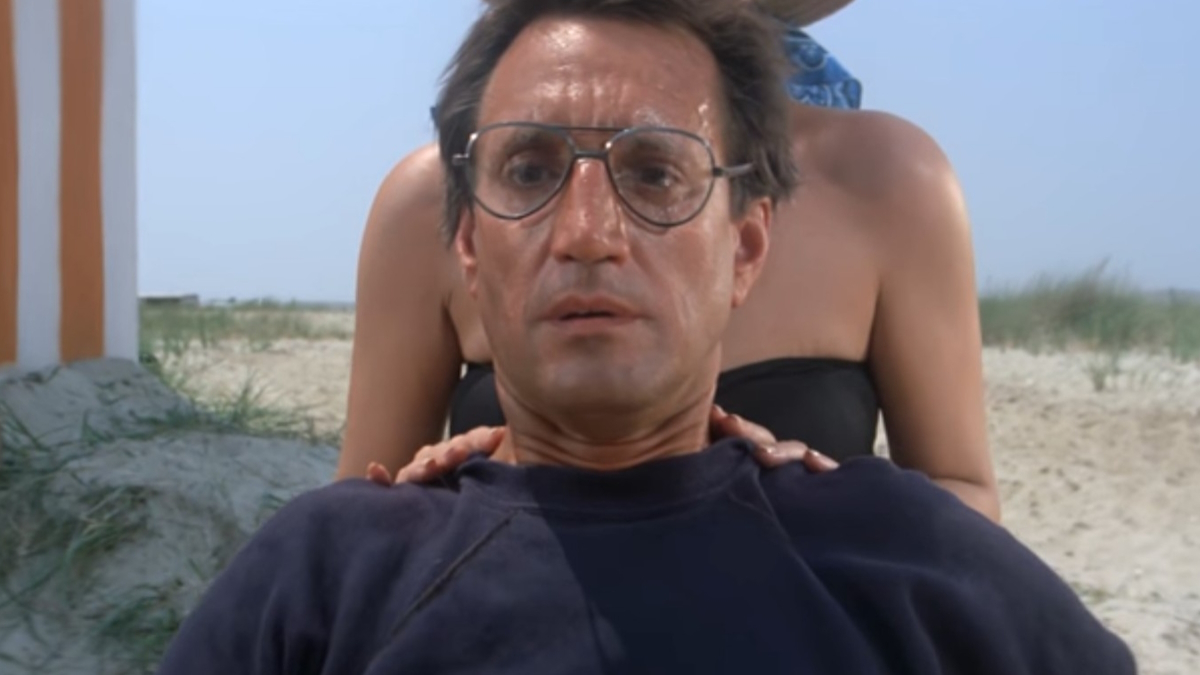
To see Amity Island’s chief of police, Martin Brody, in Steven Spielberg’s horror classic Jaws is to see level-headed intelligence and caution in the face of hysteria. As played by Roy Scheider, Brody is the picture definition of a middle class everyman hero, his sense to do the right thing formed out of a modest cynicism towards the modern world. (And ultimately, he was right about the water being too dangerous to swim in, but people insisted on having their summer and all that.) Even when he’s face-to-face with the great white sea monster himself, all he could mutter is the plain harsh fact: “We’re gonna need a bigger boat.” May we all learn from Brody, in how to keep calm and focus when the pressure is on high.
25. Dr. Frank-N-Furter (The Rocky Horror Picture Show)
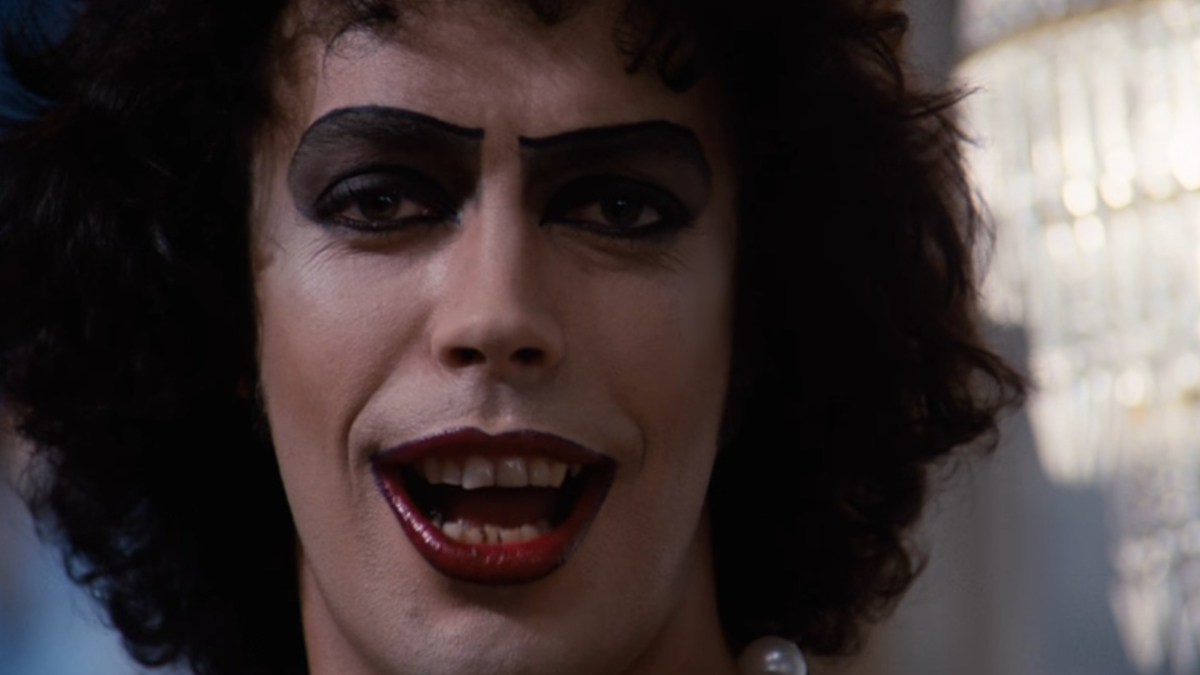
You were waiting for antici…pation, weren’t you? While its depiction of trans and genderqueer people may not always be the most sensitive, The Rocky Horror Picture Show is an indisputable landmark of midnight cinema celebrated for its funk rock show tunes, unbridled pastiche of B movies, and high-energy performances. That includes Tim Curry as Dr. Frank-N-Furter, the movie’s central mad scientist and outer space transvestite who takes in a young couple one dark and stormy night. Dr. Frank-N-Furter is remembered because of Tim Curry, who rocks the corset and fishnet stockings like no one else.
24. Mad Max (Mad Max)

He’s a man of very few words, but that doesn’t mean he doesn’t make an impression. Mel Gibson’s first appearance as Mad Max in George Miller’s dystopian action classic is a foundational one, giving moviegoers a modern flavor of genre anti-heroes alongside Charles Bronson and Clint Eastood. Mad Max wasn’t the first character to fail at driving within the lines of “good” and “bad” guys. But he looked exceptionally good doing it, with Gibson rocking the heck out of Mad Max’s signature leather jacket with armored shoulder pads. His motivations might be simple, but that only means that Max is consistent no matter how much the world around him devolves.
23. Preach (Cooley High)
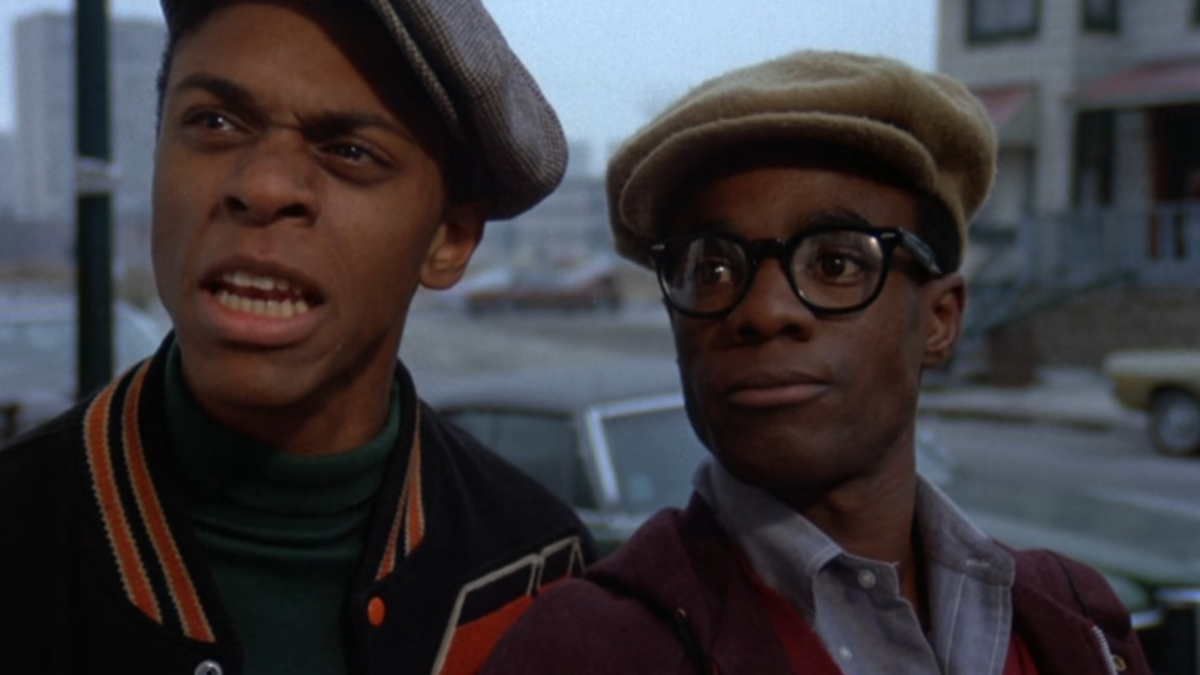
In a time when Hollywood’s interest in Black stories from Black filmmakers were quite literally exploitative - hence the term “Blaxploitation,” with heightened movies that cranked the dial on style - there was Cooley High, a coming-of-age dramatic comedy with its feet firmly down to Earth in Chicago. Directed by Michael Schultz, Cooley High tells of two high school seniors celebrating their final few weeks before summer. The movie is primarily anchored around Preach (Glynn Turman), an aspiring playwright who navigates his potentially dangerous surroundings with grace, intelligence, and a sense of humor.
22. Kimberly Wells (The China Syndrome)
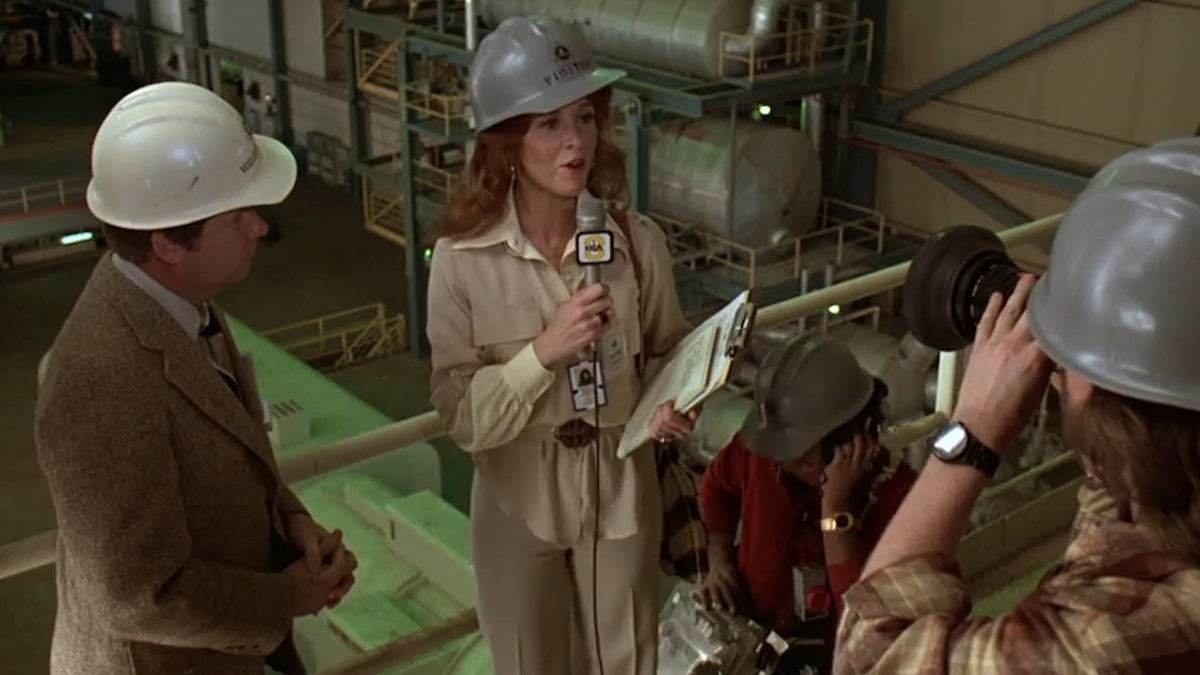
After spending the 1960s starring in comedic and sometimes titillating roles, Hollywood star Jane Fonda put on a suit and demonstrated journalistic integrity in the face of crass commercialization in the 1979 thriller The China Syndrome. TV reporter Kimberly Wells, played by Fonda, is an instructive example of the fourth estate at work, the platonic ideal of journalists using whatever powers they have - even if it’s just attention due to their looks - to hold those with actual power accountable. Persistent and idealistic, Kimberly Wells is a role model figure who reminds journalists that the real story is told even after the interview.
21. Lee (Enter the Dragon)

His backstory is minimal, his identity irremovable from his actor, and his conceptualization is a bit half baked if we’re being honest. But the allure of the legendary Bruce Lee is irresistible, and his “Lee” in Enter the Dragon is pretty much the perfect action movie hero; he’s calm, cool, and collected, even when he’s outnumbered. A Shaolin monk and master martial artist, Lee is also a freelance agent of British intelligence who is hired by MI6 to investigate an exotic island owned by an eccentric criminal kingpin. While “Lee” is sort of a blank slate who doesn’t even have his own name, Lee had fluidity like water to conceivably appear in a dozen more sequels. And he probably would have, if Bruce Lee himself had lived to see it.
20. Tony Manero (Saturday Night Fever)

Women want to dance with him, and men want to dance like him. He’s Tony Manero, John Travolta’s disco hero from the 1977 classic Saturday Night Fever. Though Tony puts up with a lot of nonsense in his regular life, including an overbearing father who berates him every day, he’s someone else entirely when he’s on the dance floor of 2001 Odyssey. Inside, he’s both king and sorcerer, ruling his domain and lighting up the joint with his spirit from deep within. ‘70s cinema is full of lost souls, but even in his own search for meaning, Tony knows exactly where he belongs.
19. Don Corleone (The Godfather)

When The Godfather entered production in the early 1970s, Marlon Brando was in a career slump who was also notorious throughout Hollywood for being difficult to work with. But even when other actors were considered for the part of Don Corleone, like Ernest Borgnine and Laurence Olivier, there was only one man that The Godfather’s author Mario Puzo imagined to play him. That was Brando. Through Brando, Corleone exudes both intimidation and fatigue, as an aging mafia don who is all too eager to let one of his sons take his reins. He may not be the hero of Francis Ford Coppola’s saga, but he is the reason why the acclaimed trilogy is even titled “The Godfather.”
18. Evelyn Draper (Play Misty for Me)

In Clint Eastwood’s debut as a director, the famed actor plays a California radio deejay who becomes the target of affections from a dangerous stalker. Enter: Evelyn Draper, played by a masterful Jessica Walter, whose good looks belie her capacity for Krazy Glue-strong attachment and disturbing behavior. Before the slasher subgenre of horror was formalized through John Carpenter’s Halloween, there was Evelyn, her sudden appearances in the dark playing out like jumpscares and her omniscient presence imbuing Play Misty for Me with an atmosphere of dread. Before horror movies had chainsaws and hockey masks, there was just a pretty face, and her name was Evelyn.
17. Cyrus (The Warriors)

Can you dig it, suckas? Although Roger Hill’s screen time as Cyrus in The Warriors is just over five minutes long, his presence is everlasting and much of why The Warriors survives as the classic it is now recognized. In Walter Hill’s revered crime epic, New York City’s many different gangs come together for a unity summit held by the charismatic Cyrus, who encourages them all to recognize their power in numbers. Between his stirring speech and inventive costume choices - a mini-afro and silk robe that imbue him a dash of Shakespearean regality - Cyrus is truly unforgettable, even though his death is just the beginning of the movie.
16. Superman (Superman: The Movie)

In 1978, audiences really needed a reminder of what truth, justice, and the American Way even looks like. Thankfully, there was Christoper Reeve. In a troublesome decade still haunted by things like Vietnam, Watergate, and widespread crime in major cities, Warner Bros. released the landmark superhero blockbuster Superman: The Movie from director Richard Donner. Donning the red cape of the Man of Steel was the then-unknown Christopher Reeve, who literally and symbolically embodied Superman’s impossible goodness for cynical audiences. Reeve’s Superman made us all believe a man could fly, at a time we needed that reminder the most.
15. Laurie Strode and Michael Myers (Halloween)

In 1978, director John Carpenter released the blueprint for all modern horror movies with Halloween. Its story tells of teenager Laurie Strode (Jamie Lee Curtis) who is stalked by a masked killer, Michael Myers (Nick Castle) who once resided in her family’s home. Halloween is profoundly formative for the slasher subgenre, its gripping tale of a seemingly vulnerable suburban teenager - what we now call “the final girl” of horror movies - fighting to survive an overpowered killer. It’s universally relatable and repeatable as it is deeply specific to the Halloween saga.
14. Bluto (Animal House)
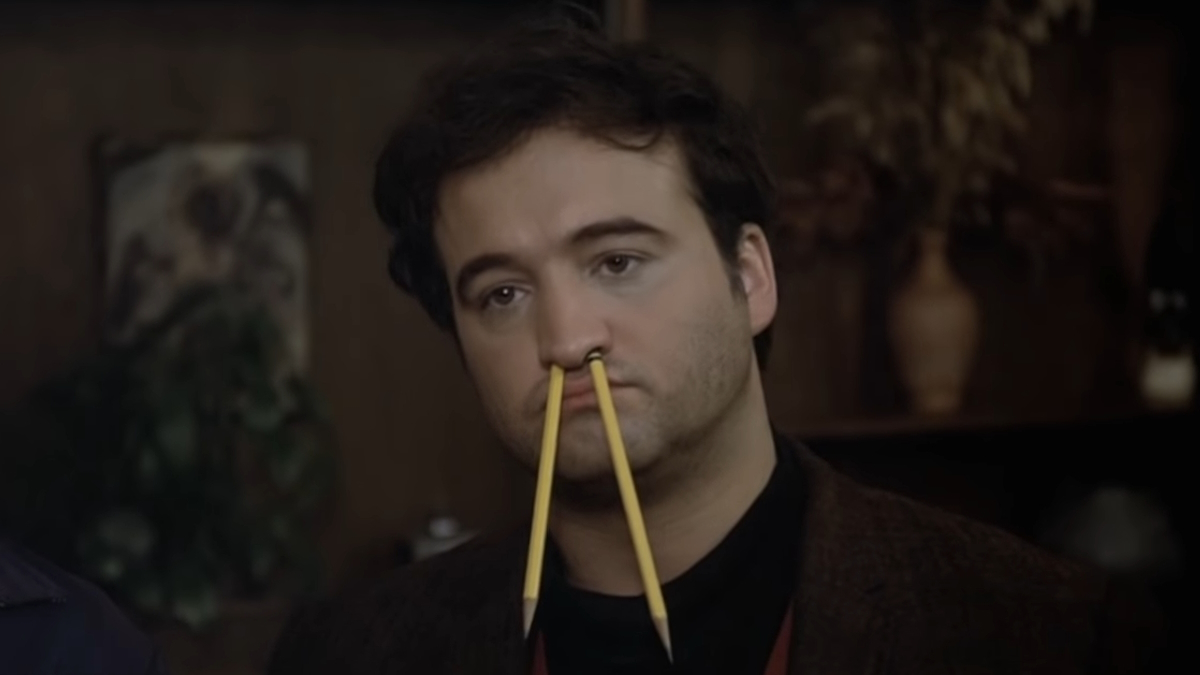
Bluto’s face is plastered on college dorm rooms across America for a reason, but it’s not because he’s a model student. A slovenly fraternity bro with a zero grade point average, Bluto is famously played by John Belushi in National Lampoon’s college comedy classic Animal House. As the campus chapter president of Delta Tau Chi, Bluto sets a bad (but hilarious) example for all the other Deltas, along with his inhuman ability to inhale almost any beer and food within arm’s reach. Due in large part to Belushi’s aggressive comedy persona, Bluto enjoys a permanent spot in the canon of American comedy cinema, even if it’s a corner occupied only by himself.
13. Ellen Ripley (Alien)

Just as modern horror movies were taking shape after Halloween, Ridley Scott took audiences up to space for a real scream with Alien, featuring Sigourney Weaver in a star-making performance. Weaver stars as Ellen Ripley, a cautious warrant officer riding aboard the Nostromo when its crew comes across - and unknowingly brings along - a dangerous alien parasite. In the end, it’s Ellen Ripley who uses her wits to outsmart and outmaneuver the eerie Xenomorph. In doing so, Ellen showed that action movie heroism isn’t exclusively the business of men.
12. Alex (A Clockwork Orange)
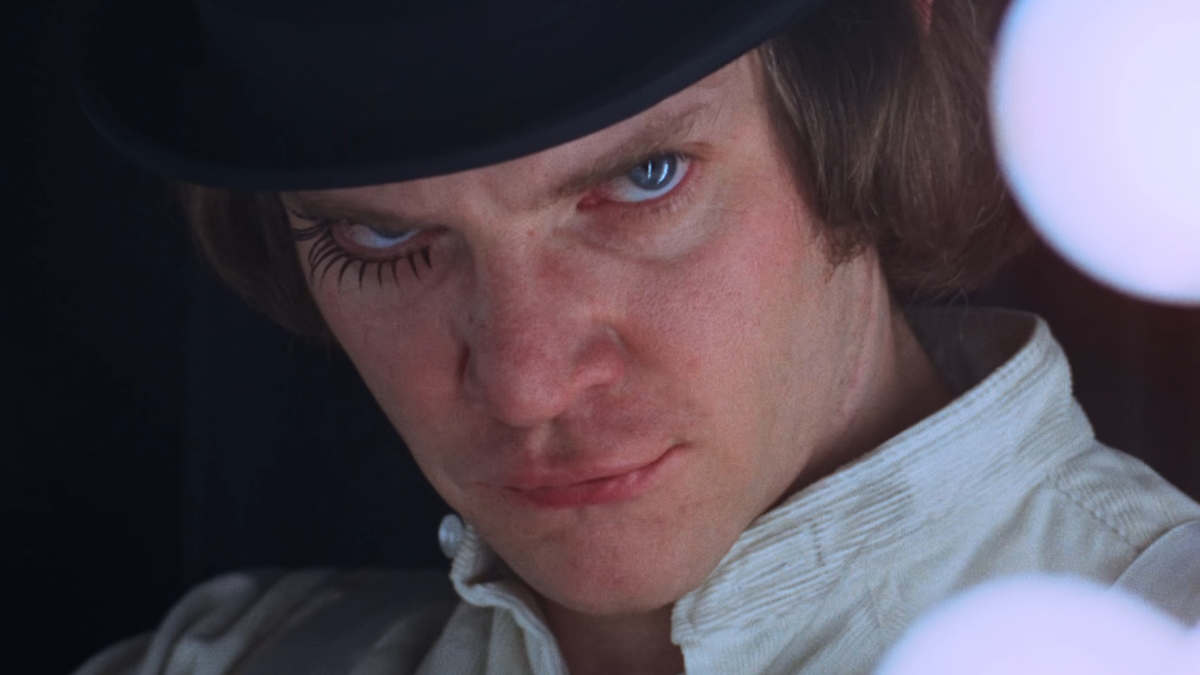
He drinks milk laced with drugs, assaults random people, exclusively listens to Beethoven, and uses a vocabulary coherent only to himself. In other words, he’s a character in a Stanley Kubrick movie, and he’s undeniably one of the most enthralling in Kubrick’s canon. Played by a magnetic Malcolm McDowell, the plainly named Alex - originating from Anthony Burgess’ novel of the same title - is simply one of the most chilling movie villains of the ‘70s, an anti-hero protagonist who epitomizes the unfortunate truth that evil isn’t always punished, but sometimes rewarded.
11. Father Karras (The Exorcist)
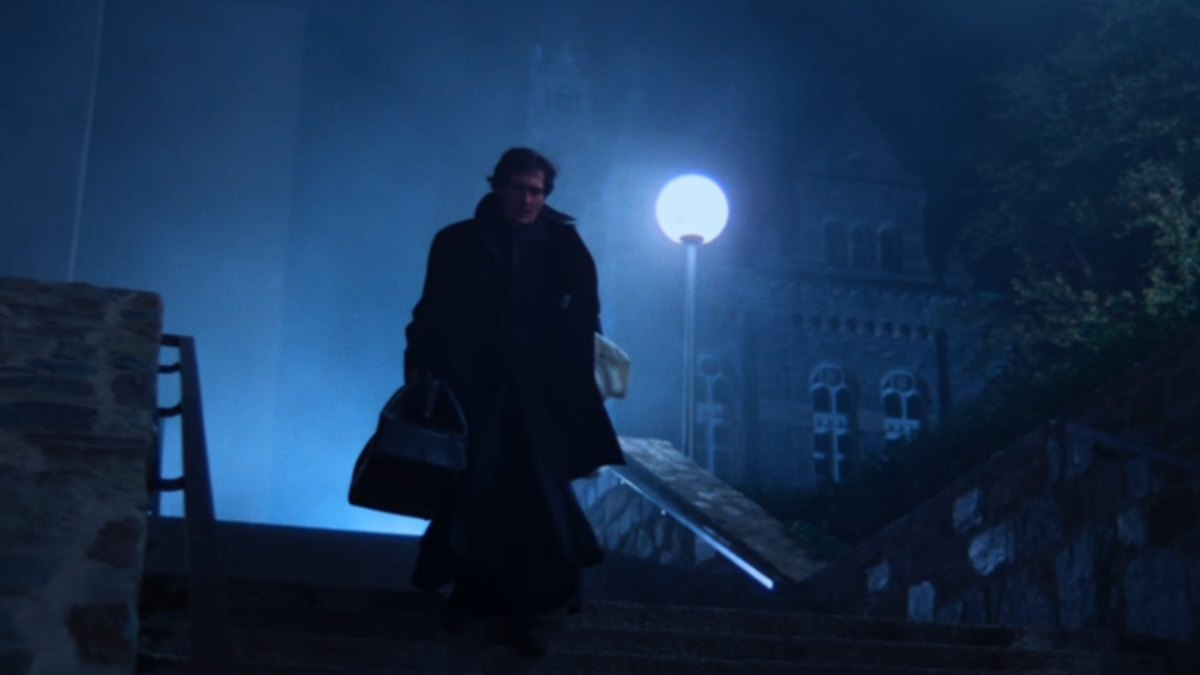
For a Catholic priest suffering a crisis of faith, there’s nothing like a confrontation with evil incarnate to reinforce belief in higher powers. Appearing in William Friedkin’s revolutionary horror movie, itself based on William Peter Blatty’s best-selling novel, Father Karras (played by Jason Miller) is a troubled Jesuit priest tasked by the church to investigate the demonic possession of a girl named Regan (Linda Blair, also in an unforgettable role). While there are a few memorable characters in The Exorcist, including Max von Sydow as the experienced Father Merrin, it’s Karras who shoulders the movie’s primary thematic weight, a story about learning the existence of evil without assurance there is any goodness to cancel it out.
10. Han Solo, Chewbacca, and Princess Leia (Star Wars)

Let’s be upfront: Almost every major character in George Lucas’ original Star Wars deserves singular recognition. Even the droids. But what’s unusual about Star Wars is how its characters have deeply specific interpersonal dynamics anyone can project themselves onto. While Luke and Vader illuminate the never ending battle between fathers and sons, there’s Han Solo, Chewbacca, and Princess Leia, who are a far away galaxy’s version of a couple with a third wheel. (Sorry, Chewie.) While the dashing rogue Han Solo is a personality archetype any man aspires to - and ditto Princess Leia for women, for her resilience, bravery, leadership, and wit - together, they’re a pair who prove that “I love you” doesn’t have to have a reciprocal answer.
9. Carrie White (Carrie)

The patron saint for any girl who has been publicly embarrassed, Carrie White emerges from the pages of Stephen King’s novel Carrie and is brought to life by Sissy Spacek in Brian de Palma’s 1976 movie version. Spacek’s portrayal is incredibly expressive, inviting immense sympathy from the audience into Carrie as a victim of society’s arbitrary ostracizing. So when Carries harnesses her supernatural powers and asserts her dominance over her helpless bullies, we can’t lie: It feels good and righteous to see them all squirm. Good for Carrie! She has a bright future ahead, if she indeed has one at all.
8. John Shaft (Shaft)

The ultimate blaxploitation action hero, the late Richard Roundtree gave flesh and blood to Ernest Tidyman’s novel character in the 1971 film Shaft, from director Gordon Parks. A smooth-talking, hard-hitting private investigator from New York, Shaft rivals the likes of James Bond and Han Solo with his own unique brand of cool. He wears turtlenecks and leather trench coats like they’re a superhero costume, but he’s no boy scout. Even in a decade teeming with gunslinging anti-heroes, Shaft stands out, and single-handedly defines his genre.
7. Annie Hall (Annie Hall)
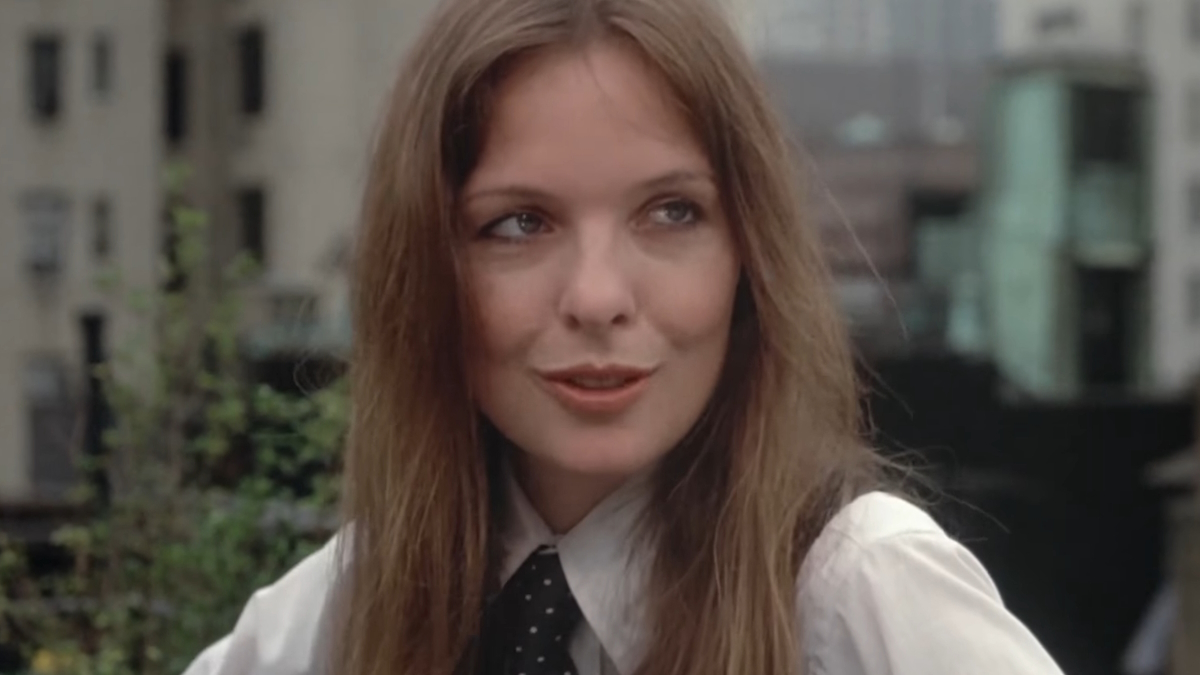
Only Diane Keaton could make awkwardness sexy. In Woody Allen’s landmark rom-com Annie Hall, from 1977, Keaton co-stars as the beautiful eponymous character, a lively New Yorker who vibes with Allen’s neurotic male protagonist Alvy Singer. Ultimately, Annie and Alvy are just exes, notches on each other’s bed posts as they keep on seeking happiness in the wilds of Manhattan. But that doesn’t make what they once had any less special. And there’s just something about the way that Diane Keaton wears a men’s necktie and suit vest that works so well for her.
6. “Dirty” Harry Callahan (Dirty Harry)

Do you feel lucky, punk? Of all the bad dudes to blow up the big screen in the ‘70s, Clint Eastwood’s “Dirty” Harry Callahan is easily the baddest. First appearing in Don Siegel’s celebrated 1971 movie Dirty Harry, Eastwood’s protagonist redefined antiheroism in movies forever, as a ruthless cop who was himself willing to break the law in order to (ironically) uphold justice. Because being the mysterious Man with No Name in Sergio Leone’s trilogy of Western classics wasn’t enough, Eastwood really went ahead and ensured his immortality by squinting and pointing a .44 magnum in all our faces and asking us one fateful question.
5. Child “Coffy” Coffin (Coffy)

Actress Pam Grier rose to prominence in the 1970s starring in gritty blaxploitation movies in action-oriented roles usually reserved for men. In 1973, Grier was the lead of Coffy, playing a city nurse who embarks on a violent quest for revenge against the dealers who got her sister addicted. While Shaft is arguably more emblematic of blaxploitation, and another similar Grier-led movie Foxy Brown being a bigger box office success, Grier is on a totally different level in Coffy. Here, Grier carries more serrated edges than in any of her other movies. Coffy isn’t just overall better than Foxy Brown, but indicative of a movie that starts a wave instead of riding it.
4. Howard Beale (Network)
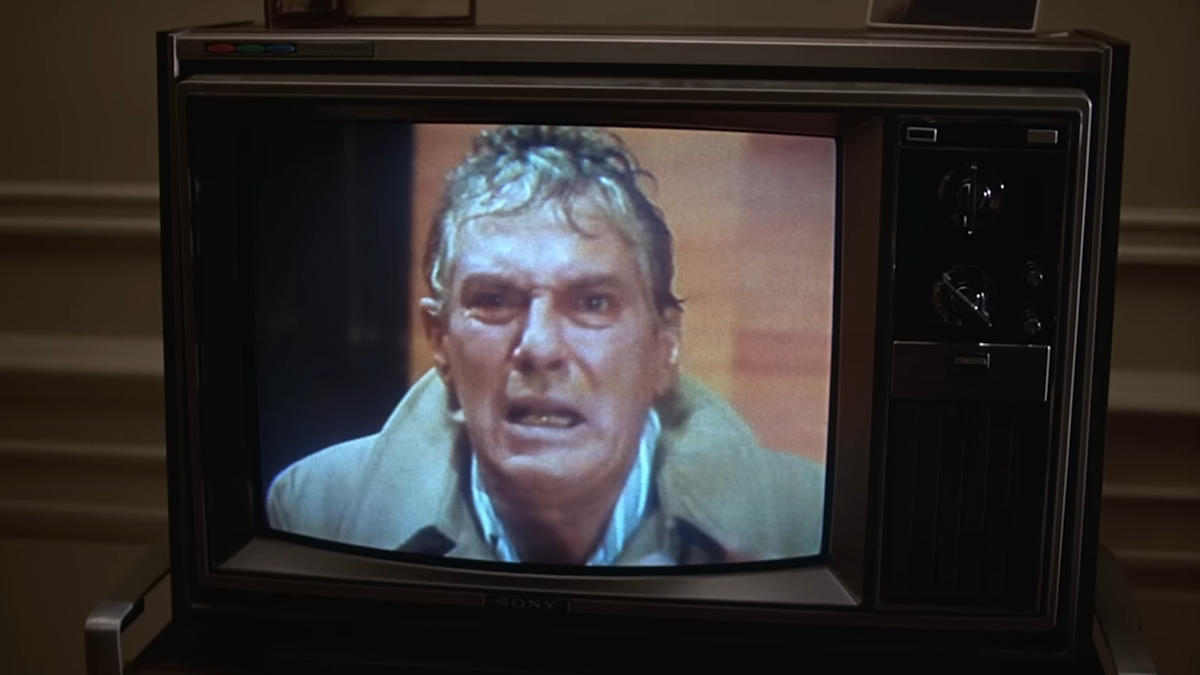
He’s mad as hell, and he can’t take it anymore! In Sidney Lumet’s searing satire of the television news industry, Peter Finch’s Howard Beale is both champion of the people and literal victim of his own success, as an unhinged TV news anchor who enters “retirement” kicking and screaming about the sorry state of the modern world. While Howard Beale types in the 21st century would just start a YouTube channel only fringe outcasts subscribe to, in Network, it was scary yet believable that millions would tune in to see a man rant, live and unscripted, because it breached the unwritten code of decorum of his profession.
3. Rocky Balboa and Apollo Creed (Rocky)
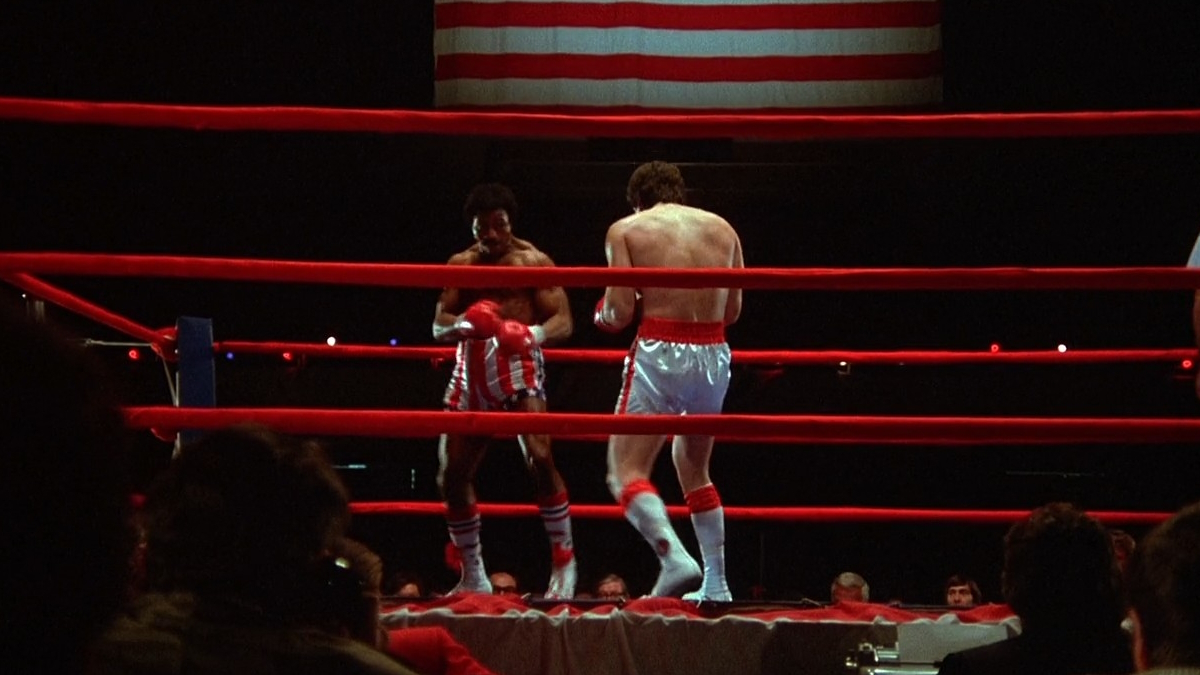
Theirs is a rivalry born not out of personal hatred, but respect for the challenge. In both 1976’s Rocky (from director John G. Avildsen) and 1979’s Rocky II (directed by star Sylevester Stallone), scrappy Philly pugilist Rocky Balboa and heavyweight champ Apollo Creed (the late Carl Weathers) meet in the squared circle for two glorious matches of cinematic sweet science. They hail from two totally different backgrounds, but ultimately find common ground in and out of sold-out arenas. Though the men stare daggers into each other in the first two Rocky films, by Rocky III in 1982, they become brothers whose bond is unknowable to anyone who have never stepped between the ropes. Remember: It was Apollo who told Rocky that he had the eye of the tiger.
2. Luke Skywalker and Darth Vader (Star Wars)
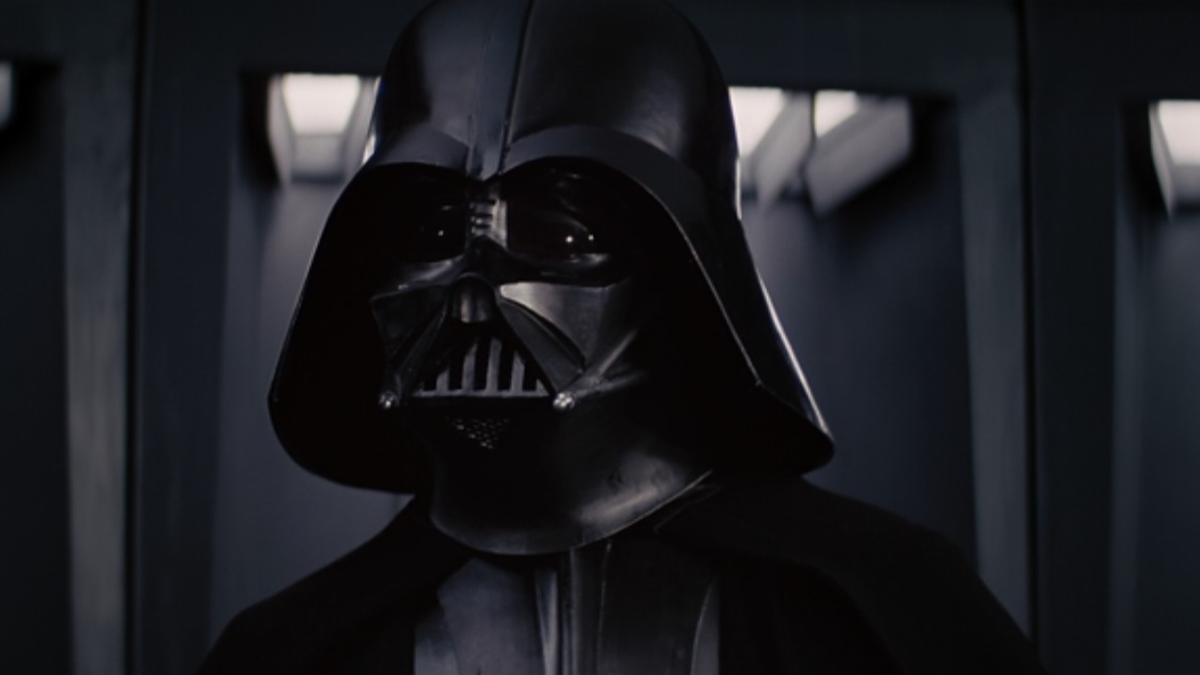
It’s the ultimate story of good versus evil, of rebellion versus authority – of son versus father. Luke Skywalker (played by Mark Hamill), plucked from the nowhere farms of Tatooine, is the young chosen hero of the galaxy who brings back the way of the Jedi like it’s a nostalgic trend to confront the imposing Darth Vader (played by David Prowse with the voice of James Earl Jones). While Luke doesn’t learn his true connection to Vader until The Empire Strikes Back in 1980, their debut in the original Star Wars is foundational for nearly all genre epics since.
1. Travis Bickle (Taxi Driver)

It’s just not easy to summarize someone like Travis Bickle. Though he joins the likes of Dirty Harry to illustrate the pure grit of the ‘70s, his mental detachment arguably makes him more disturbing, and more dangerous, than any other character of his time. Played by Robert de Niro in Martin Scorsese’s landmark crime drama, Travis Bickle is the ambitious but delusional vigilante who tries to “rescue” a teenage prostitute (played by a young Jodie Foster), even against her own will. Travis is eerily and strikingly illuminative about the psychology of lost and angry men even decades later, and that should scare us all.

Eric Francisco is a freelance entertainment journalist and graduate of Rutgers University. If a movie or TV show has superheroes, spaceships, kung fu, or John Cena, he's your guy to make sense of it. A former senior writer at Inverse, his byline has also appeared at Vulture, The Daily Beast, Observer, and The Mary Sue. You can find him screaming at Devils hockey games or dodging enemy fire in Call of Duty: Warzone.


